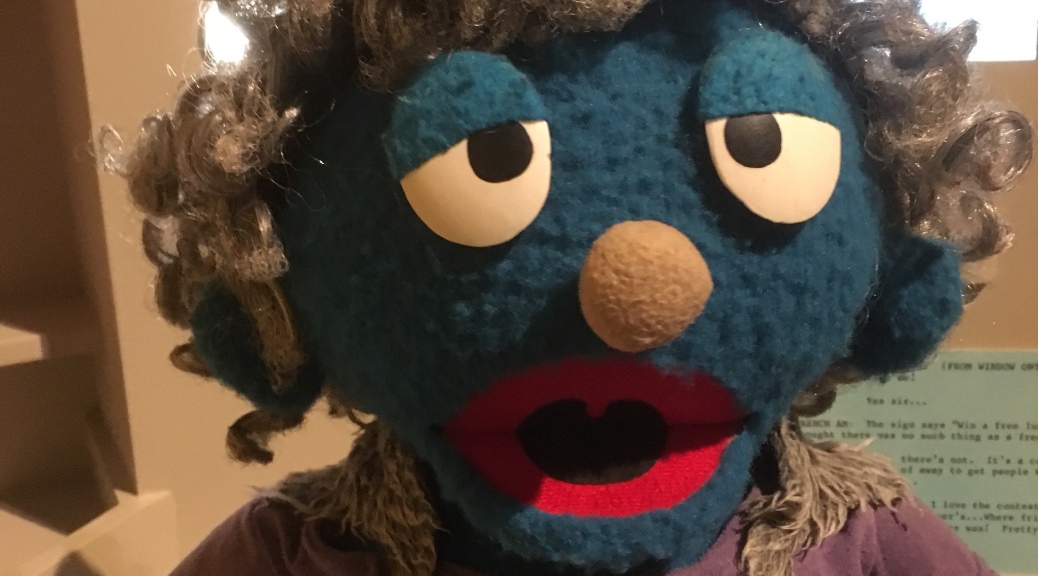Mindfulness is broadly defined as the ability to pay attention to the present moment. A common way to get in a mindful state is to sit still and direct attention to one’s breathing. Preschool aged children enjoy and learn best though moving around – so can very young children learn mindful practices, or even understand what they are?
Anything we teach to small children needs to be communicated and used in a way that makes sense to them. Young children need to know why it might help them, in what context and it needs to be embodied in the things that matter to them. You don’t have to use the term mindfulness with small children, but we can explain that what we do will help them to be calm and to think.
I often introduce new concepts in my classroom through picture books, rhymes, action or song.
Mindful Mr Sloth by Katy Hudson, explains the value of slowing down and enjoying the moment, in a way that makes sense to children. Sasha rushes around and is always busy, until one day she meets Mr. Sloth. Mr Sloth is slow and at first, this frustrates her, but soon he teaches her the merits of taking time to slow down and see the things that you would otherwise miss. The book is a gentle introduction to mindfulness, explaining the need to slow down from time to time. You can relate this to things that happen in the classrooom e.g. remember that time that George was rushing to get his lunchbox and he tripped and fell. Talk about rushing and slowing down. Do you ever feel rushed? Have you ever wanted to stop to look at something like Mr Sloth? What could we do at school to make that happen? Gather the children’s ideas. (Mindful Mr Sloth is released on 1st Aug , currently available for pre-order. Links are Amazon affiliate links, I receive a small financial incentive if you order via the link)
Play listening games to focus on what you hear. Have everyone be very quiet and close their eyes. Make a sound and have them guess what the sound is. You could set a timer and have the children sit silently for that time. When the time goes off they can each tell you what they heard. When you are outside focus on looking – some days have them look up and others look down, do they see anything interesting. Maybe on a walk to the playground, have them stop and look for 10 seconds. Who saw something interesting?
Once children have a concept of what mindfulness is, we can teach them how to slow down and regulate their emotions. In our classroom, we practice slow breathing every day using the concept – smell the flower and blow the candle. The children can use a picture or their hand as a prop, as they breathe in as if smelling the flower and blow out as if to blow out a candle. Because we practice this everyday, when children need a strategy to help relax or self regulate, we can use the phrase , smell the flower and blow the candle and they immediately know what to do.
Too Many Bubbles by Christine Peck and Mags Deroma uses visuals in a similar way.
This book is a simple introduction to the concept of focusing on breathing. In this picture book the fish is gloomy and the bubbles grow and grow around him and the reader is encouraged to blow the bubbles away. Just like , smell the flower, blow the candle, it gives children a visual and meaningful cue. (Too many Bubbles is released on July 7th)
Rhymes are also a good way to teach breathing. I like the ones in Breathe like a Bear ,as they include actions that make sense to small children , for example, blowing the steam from a hot drink.
These expandable breathing balls are also a useful tool. Hold them in front of you and expand them as you breathe in, and collapse as you breathe out. They can be introduced during a circle time, as part of an exercise routine, or welcome activity.
Form a calm down basket in a quiet area of the classroom. It could be a cosy corner of the classroom or maybe a tent or large cube. Establish rules at the start of the year, so that children know that this is a place for one child to use at a time, when they need a quiet safe space. Include things to squeeze or spin. items with different textures, things with nice smells, liquid motion bubblers, books and maybe a pad of paper and pencils to draw.




